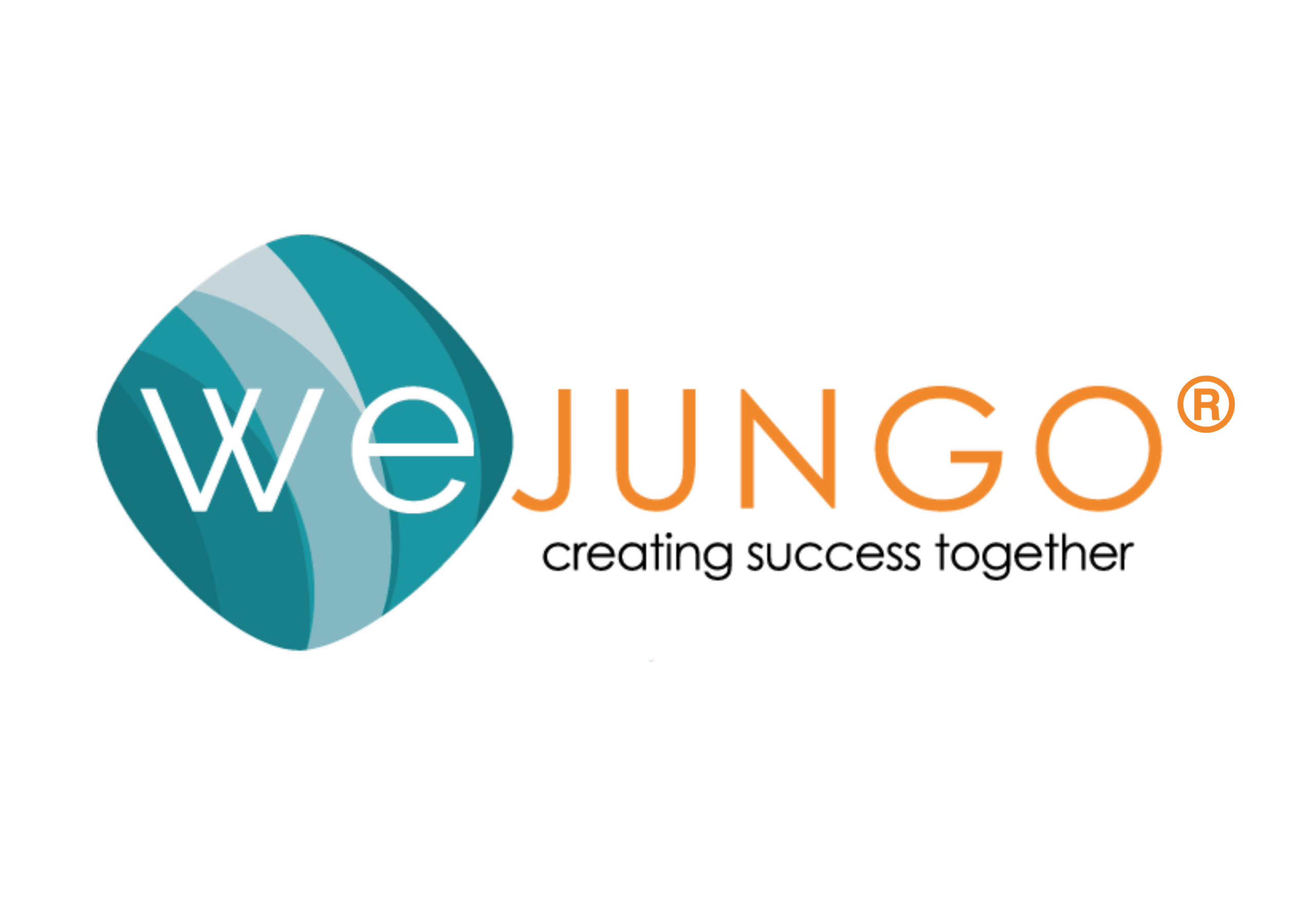Hiring Women is Good for Your Business
Why Should You Hire Women in Your Business?
As a business, who are your primary consumers? Now ask yourself, what does your workforce look like? Does it mirror those demographics? Better yet, did you know over the next decade, women will control two thirds of all consumer wealth? As the “Land of Opportunity” thriving in the 21st Century, we like to think of this country as one that is progressive, leading the pack when it comes to technology, the economy and quality of life. Does your business embody those traits? Well if you don’t have a diverse workforce, one that represents women and showcases their skills and talents then you are behind the curve. So why is it important to hire and retain female talent? In this article, we aim to answer that.
Culture and demographics relate to hiring women.
In 2014, women represented 47 percent of the total U.S. workforce, but 51 percent of the professional and technical workforce, according to the Department of Professional Employees, AFL-CIO. Recently, Melinda Gates, businesswoman and philanthropist, and wife of Bill Gates, discussed how and why women are good for business in her commentary, Why Hiring Women is Good for Business. Citing the characteristics and attributes women bring to the table that are lacking in their absence, Gates describes the daily obstacles women around the globe face and how this propels them as leaders in their households, communities and on their jobs. Women overcome challenges and have unique insights and perspectives. But if we’re not hiring women, these are insights and perspectives to which we’ll never be privy.
Part of being a successful business is having the ability to problem solve. Women bring their insights into round table discussions, think tanks and problem solving arenas, environments where having multiple points of view is healthy, and sorely needing in finding a solution. Creating a business environment with healthy collaboration can only be positive. Which will ultimately grow your business.
Staying in the same vein, there are many great examples of women in business (and other aspects of society) who have changed the game and forced America’s hand in accepting them, and needing them to advance this nation’s growth.
For example, Ethel Payne was the first African American woman White House correspondent. Without her courageous reporting, this country would not have face social responsibility and finally included an entire population which had been excluded from news in general. Women like Sallie L. Krawcheck, former president of the Global Wealth & Investment Management division of Bank of America; Irene Rosenfeld, CEO of Mondel?z International; and so many others who have influenced this country immensely are more often than not unrecognized. There are so many diamonds in the rough that have yet to be discovered and businesses should be on the pursuit.
Women in this country have been inventors, leaders, game initiators and changers, and let’s be honest, without them, many technological, scientific, cultural, educational, business and economic gains would not have happened.
Simple marketing, numbers don’t lie.
Do the math. In Nielsen’s consumer report, Women Control the Purse Strings, they cite women’s buying power between as much as $5 trillion to $15 trillion annually. Women influence 85 percent of all purchasing decisions, and purchase over 50 percent of traditional male products including 
The CFAP performed an analysis looking at the trends of women in the workplace over the past three decades and concluded that had women not increased their working hours, the national Gross Domestic Product (GDP) would have been almost 11 percent lower over this time span. The middle class in particular would have suffered greatly, sitting in a realm of stagnation if not for these increased hours.
The reality is, the workforce today would be a skeleton of itself without the presence, let alone intelligence, creativity and aptitude of women. Businesses need to take even more advantage of the power women can bring to their businesses, and continue to shift with the times. This is 2015, let’s get with it.
References
Melinda Gates: Why Hiring Women is Good for Business
Gender Quotas in Hiring Drive Away both Men and Women
The World’s 100 Most Powerful Women (according to Forbes)
Realizing the Power of Talented Women
What women want: the importance of workplace flexibility
The economic importance of women’s rising hours of work
Infographic: where are U.S. women in 2013










